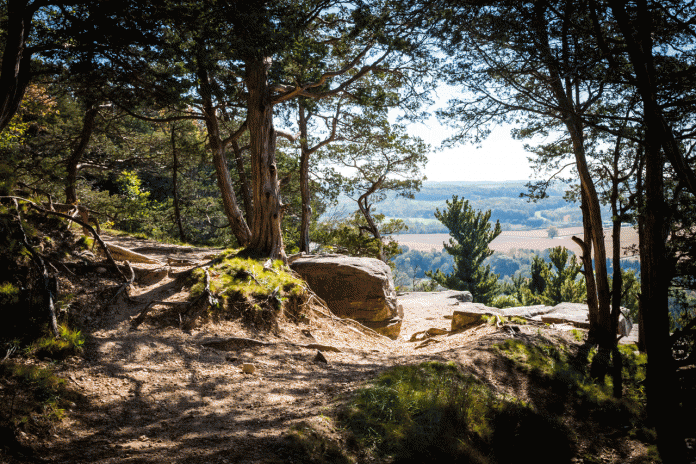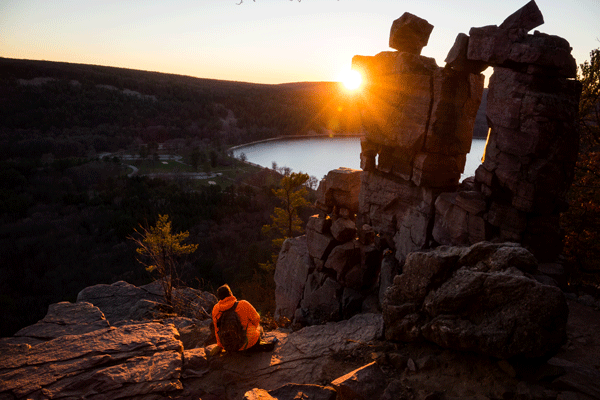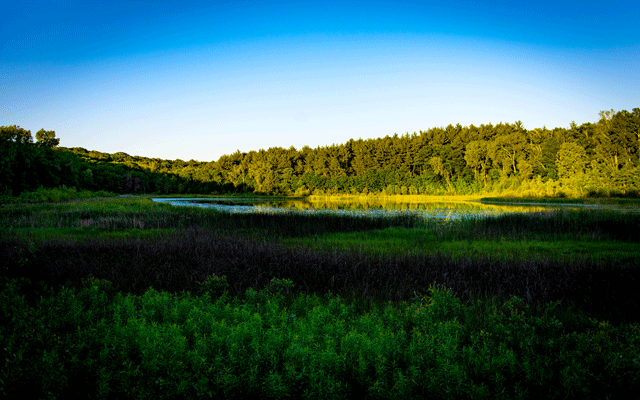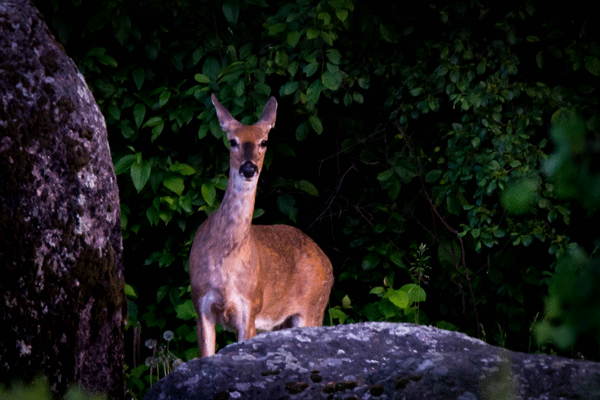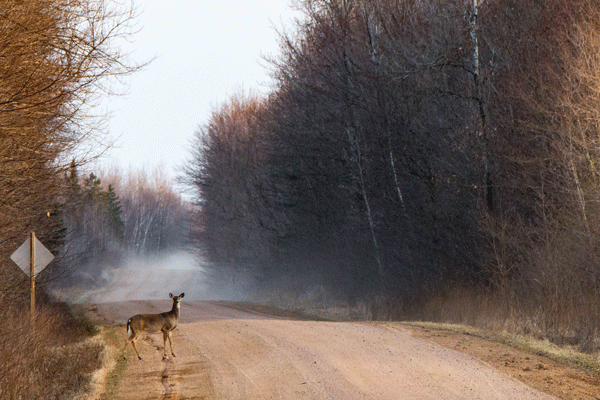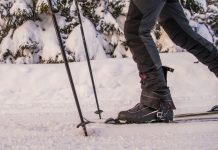Hiking Trail Perfect Source of Adventure
For a great hiking adventure, look no further than the glacier-sculpted landscape of Wisconsin. Roughly following the terminal moraine from the last Ice Age, the Ice Age Trail crosses thirty-one counties in Wisconsin and consists of 1,200 miles of linked segments.
Crossing over private land, county and national forests, city and state parks, the trail can lead hikers from off-road hiking to bustling main streets, connecting people with communities.
Hiking is an economical way to explore Wisconsin’s exceptional trails and appreciate the efforts of countless volunteers who continuously maintain them. Whether for exercise, relaxation, or just plain fun, the trail provides something for everyone. It offers easy to ambitious hiking adventures over a path of scenic beauty. For campers, many campgrounds can be found near the Ice Age Trail. Biking is only allowed where the trail coincides with bike trails.
Wisconsin Department of Natural Resources, the National Park service, and the nonprofit Ice Age Trail Alliance manage the trail. The Alliance publishes a comprehensive guide and atlas every three years (newest published May 2017) to assist with planning.
It also provides online extras, including updates to their guidebook since its publication, a list of segments closed during hunting season, and GPS waypoints. The organization is working to permanently protect the route of the trail by purchasing land with donations and grants.
Though the trail can be hiked all year, some segments may be closed at certain parts of the year or inaccessible depending on weather conditions. Information on trail conditions can be obtained by contacting the local Ice Age Trail Alliance chapter several days in advance.
The best way to get started is to purchase a guidebook and hike the nearest segment. Bring a camera and wear good walking shoes or boots. Pack granola bars, water, a first aid kit, and raingear. A handheld GPS is helpful but not a necessity. If a trail is icy, crampons are worth the purchase.
Bugs are pervasive, but a little creative planning can prevent them from ruining a hike. Even on hot days it is beneficial to wear long pants to protect against wood ticks and itchy grasses. Wear insect repellant and try tucking sleeves and pants into gloves and socks. Head nets and other mesh clothing assist in keeping bugs away.
Abide by a Leave No Trace rule to protect the natural beauty of the trail for future generations. Leave no garbage behind and properly dispose of waste. Be respectful of wildlife and leave vegetation in its natural state.
Whatever the reasons for hiking, along the route be sure to stop, relax, and observe the nature thriving all around.
Marshfield resident Daryn Bahn and his son, Andrew, have hiked much of the Ice Age Trail. Here, Bahn shares photos of his adventures. (For more photos, please visit www.DarynBahnPhotography.com)







